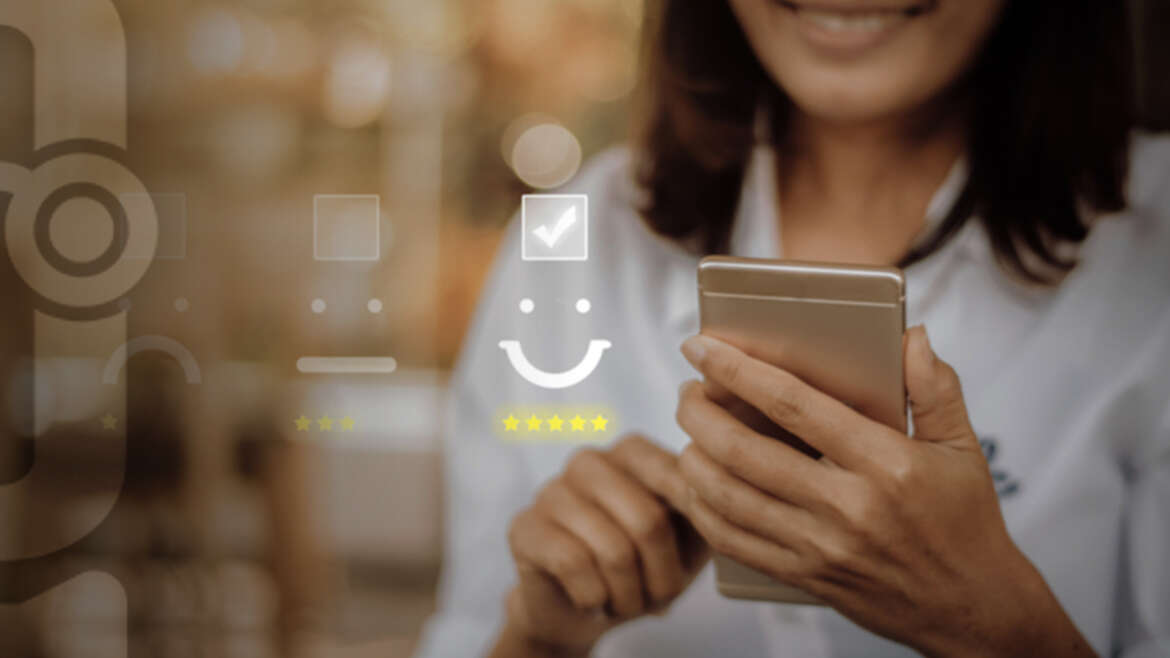One of the biggest misconceptions we the marketers are guilty of, particularly in today’s age is the assumption we still somehow can control the buyer’s journey.
We make ads, landing pages and assume that we can make a new unsuspecting customer be dazzled enough to fill a form & be ready to buy. We think we can control their purchase journey, guiding them through our nurture emails, free ebooks.
But you can’t. And neither can sales.
Only the Buyer is in control of their journey.
Today’s buyer is unimaginably informed, because of the plethora of data available at their disposal. It is no wonder then that the buyer is now calling the shots more than ever.
According to Gartner, 33% of buyers now desire a seller-free experience. With countless sources of information at their fingertips, the buyer today is already well-informed before they even visit your website or talk to your team.
So how can marketing help the buyer journey today?
There are three ways marketing can smoothen this process:
- Understanding the buyer: Decision makers across industries vary around their priorities, aspirations and reasons for seeking out a solution. Understanding what motivates your buyer is a step you can’t afford to skip-whether it is through your SDR teams, direct meetings,social media, ecosystem partners or dark social (peer based communities).
- Arm the buyer with information: Your buyer is already seeking you out actively online. So the biggest favor to the buyer would be enabling them with the right content to get answers to their questions, whenever they need it, not when we think so. So the content strategy today needs to be centred around the needs, priorities and aspirations of your buyers, rather than just analyzing keywords or what your competition is writing. Different types of content work well at different stages. Like a blog, social post, video, webinar might be great for a customer in the awareness phase, but when they are considering you against selected others, a case study, comparison guide or a demo account/sample trial may work way better. Want to know more about what collaterals can facilitate your buyer at a particular stage? Hit us up here and we can take this up separately.
- Be Omnipresent digitally: It is not just enough to produce a ton of information for the customer, but more so to be visible on as many sources as possible when they look out for information in the first place. This means creating content merely isn’t enough- it is equally important to repurpose it & distribute across channels & formats. Like a webinar can be repurposed into smaller clips, blog posts,linkedin posts, twitter threads, emailer content and so much more. Good content deserves to be shown off multiple times, as much as that award you keep in your cabinet. SEO is also an important element of this equation, with consistent quality content moving the needle continuously.
Conclusion
The buyer today doesn’t need a push from you or your sales team to learn or purchase. On the contrary, it is how we are able to facilitate this process for them, while arming them with more information-both educational & product centric, can decide who they choose. That is why we recommend brands to go for personifying themselves- to create a persona that is identifiable & relatable to their consumer and cognizant of what they are looking for .
The Buyer’s journey stages will keep evolving-we started with a funnel, then flywheel, but one thing will always stay constant-the human connection. A brand who can build on this is going to be the winner in the race for years to come.


